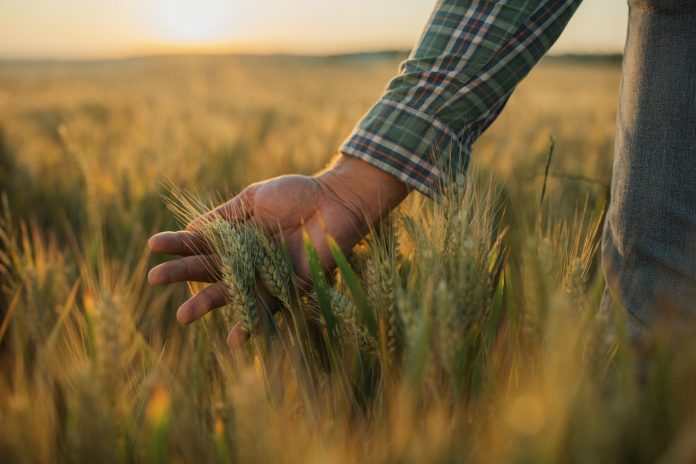Scenar2040 study: Finding a balance between productivity, environment and fair incomes
October 30, 2025
A new Scenar2040 study from the European Commission’s Joint Research Centre (JRC) shows how different directions for the EU’s Common Agricultural Policy (CAP) could shape farming, food production, and the environment by 2040
The report, Scenar2040 study, explores several “what-if” futures and highlights that there is no easy fix for balancing economic, environmental, and social goals in European agriculture.
The future of EU farming
Building on the EU Agricultural Outlook and national CAP Strategic Plans, the Scenar2040 study examines how policy choices could influence farm incomes, food prices, trade, and environmental outcomes.
It compares a reference “business-as-usual” scenario with three alternatives: a Productivity and Investment pathway, an Environment and Climate pathway, and a hypothetical NoCAP case where all CAP support disappears.
Investing in productivity
The Productivity and Investment scenario focuses CAP support on improving efficiency, technology, and competitiveness. Under this model, agricultural output across the EU could rise by almost 3% by 2040. Food prices would fall slightly, and stronger trade performance could boost the EU’s agricultural trade balance by around €2.7 billion.
The Scenar2040 study did find that these economic improvements come with environmental downsides. Greenhouse gas emissions from farming could rise, and nitrogen surpluses would increase by about 1.4% per hectare. While farm incomes and production levels would strengthen, environmental pressures within the EU would also intensify.
Prioritising environment and climate
The Environment and Climate scenario takes a different approach, directing CAP support toward greener, more climate-friendly practices. This approach delivers clear environmental benefits, cutting agricultural greenhouse gas emissions by 1.7% and reducing nitrogen pollution by 2% per hectare.
Crop diversity would increase, and the transition could create around 90,000 new jobs in rural areas.
However, to gain these benefits, EU food production would decline by about 4%, food prices would rise, and imports would increase, worsening the EU’s trade balance by €1.8 billion. The Scenar2040 study shows how environmental progress often comes with short-term economic costs, especially for farmers and consumers.
The risks of a NoCAP future
To show the importance of the CAP, the JRC also modelled a “NoCAP” scenario. Eliminating EU farm support would hit farmers hard, with average incomes dropping by around 11% and small farms facing losses of up to 21%. Agricultural output would shrink by 5%, leading to higher food prices and reduced food security.
Job losses would also be significant, with about 250,000 fewer workers in the agri-food sector. Moreover, because production would shift to regions outside the EU with less efficient farming systems, global agricultural emissions could actually rise.
A balanced path in the future
The Scenar2040 study findings make it clear that there is no simple solution for the future of EU agriculture. Each policy direction comes with its own mix of benefits and trade-offs. The challenge for Europe is to design a CAP that supports farmers’ livelihoods, ensures food security, and protects the environment.
Search
RECENT PRESS RELEASES
Related Post



